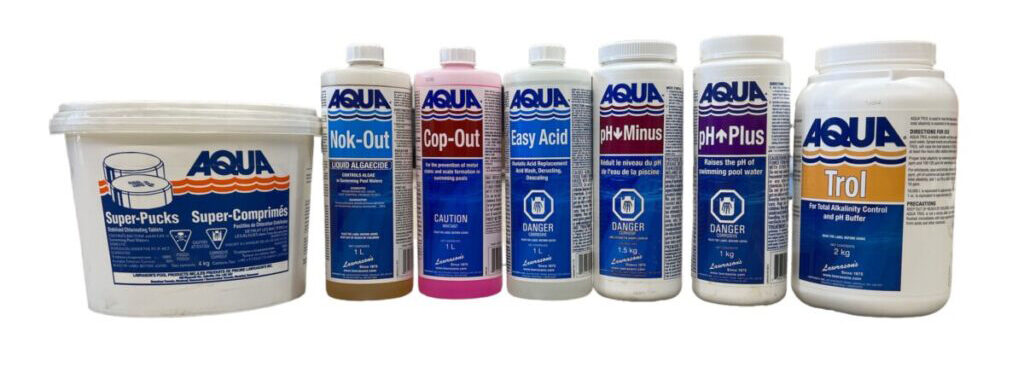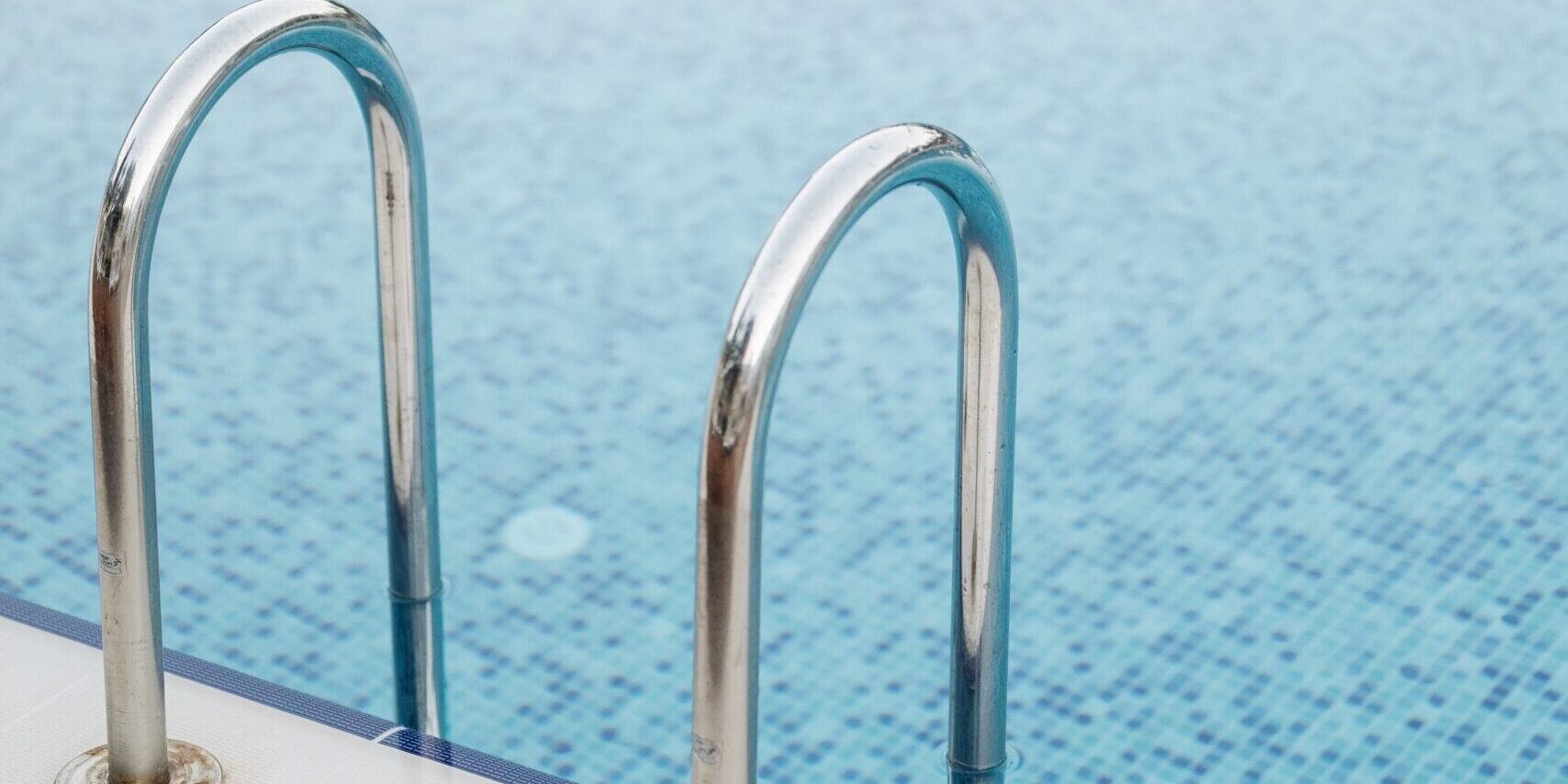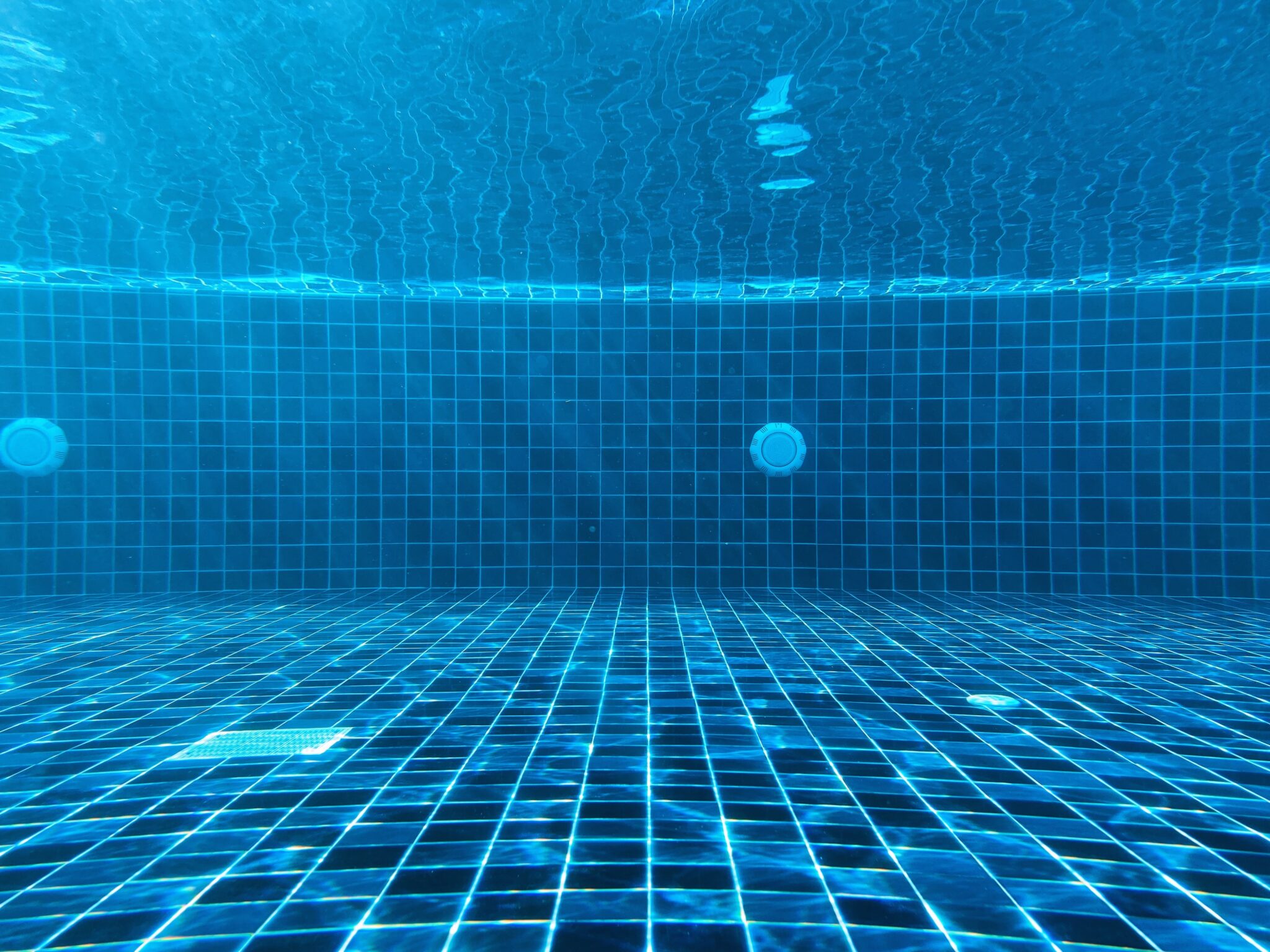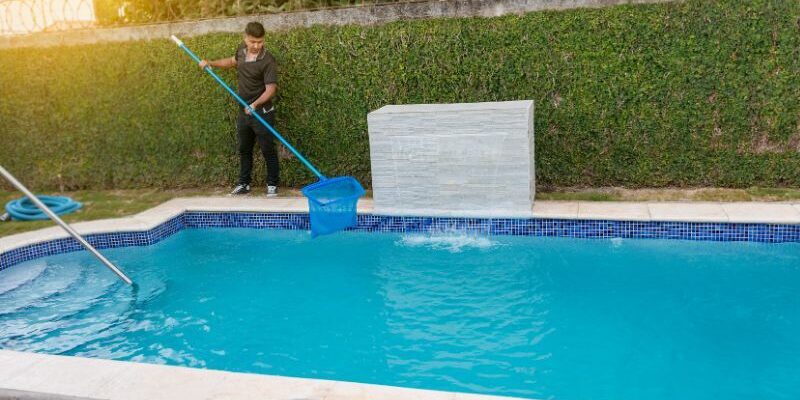Imagine diving into a swimming pool with crystal clear water that feels like glass. The sun is shining, and the water is just the right temperature. As a pool owner, this is my dream. But how do you maintain crystal clear pool water? Coastal Pools is here to simplify the process for you. This guide walks you through 10 essential steps to keep your pool dazzling all season long.
Part 1: Understanding Your Pool
1. Know Your Pool Type
Before diving into maintenance, knowing what you’re working with is important. An above-ground pool or in-ground can be made from different materials such as vinyl, concrete, or fibreglass. Moreover, pools can be freshwater or saltwater. Each type has its own set of maintenance needs.
2. Recognizing Ideal Pool Appearance
Crystal clear pool water is the goal. It should be transparent, allowing you to see the pool’s bottom clearly. Cloudy or discoloured water is a sign that something is off. Extremely cloudy water can be a hazard, and it’s important to address it promptly.
Part 2: Regular Swimming Pool Maintenance and Cleaning
3. The Daily Cleaning Routine
Daily maintenance is key. Spend a few minutes each day skimming the surface to remove leaves and other debris. Also, make sure to clean out the skimmer basket. An automatic pool cleaner can be a game-changer for those who prefer a hands-off approach.
4. Weekly Deep Cleaning
Vacuum the bottom of the pool at least once a week to remove settled dirt. This prevents the accumulation of contaminants that can make your pool water look grimy.
5. The Filter System: Your Pool’s Best Friend
Your pool filter is essential in keeping your pool clean. Cartridge filters should be cleaned every 4-8 weeks. Turn off the pump, remove the filters, and hose them down. Soak them overnight in a special cartridge cleaner for a deep clean, then hose them off again. This helps your pool stay clear and sparkling.
Part 3: Mastering Pool Chemistry
6. Balancing the Water Chemistry
Getting pool water just right is like Goldilocks’ porridge – it has to be balanced. Focus on pH, alkalinity, and chlorine.
- pH Levels: Keep the pH between 7.2 and 7.6. Use test strips to check. If it’s high, add some pH down (usually a powder) following the instructions on the package. If it’s low, use pH up.
- Alkalinity: Keep this between 80-120 ppm. If it’s low, sprinkle baking soda around the pool. If it’s high, carefully add muriatic or dry acid, following the safety instructions.
- Chlorine: Aim for 1.0 and 3.0 ppm. Use chlorine tablets in a floater or dispenser. Pop in a shock treatment every week to kick out germs and algae.
7. Shocking Your Pool: When and How
Shocking your pool is like giving it a deep clean. It involves adding a large amount of chlorine to the water to eliminate algae and other contaminants. Doing this whenever the pool has had zero chlorine is best, especially after heavy use or a rainstorm. Be sure to follow the instructions on the shock product and take safety precautions when handling chemicals.
Part 4: Addressing Common Pool Problems
8. Battling Cloudy Water in Sand Filters
Cloudy water can be caused by imbalanced chemicals, high levels of contaminants, or poor filtration. A water clarifier can help clear cloudy pool water by clumping small particles together so they can be filtered out (if you’re using a cartridge filter, and it isn’t working properly, it will need to be replaced).
9. Dealing with Algae and Contaminants
Algae growth can turn your pool water green and cloudy. Use an algaecide weekly to prevent this. It acts like a bouncer, keeping out the unwanted green guests. Also, consider using enzymes as secret agents that break down oils, lotions, and other gunk.
Part 5: Pool Ownership Responsibilities
10. Embracing the Pool Owner Lifestyle
Being a pool owner comes with responsibilities. Regularly cleaning, testing, and adjusting the chemical balance of your pool is essential. Here are some additional tips:
- Chlorine Pucks: Use chlorine pucks as your pool’s weekly superheroes. For a 10,000-gallon pool, you’ll usually need 2-4 pucks per week.
- Saltwater Pools: Show your salt cell some love. Every month, turn off the system and remove the salt cell. Soak it in a mix of one part muriatic acid to four parts water or in our ready-made salt cell cleaning solution. After about 20-30 minutes, rinse it with a hose and put it back.
- Backwashing (for sand filters only): Once a week, backwash your pool. This cleans the sand filter and removes all the gunk stuck in the filter.
- Fight Stains and Scaling: Add a stain and scale protector to the pool weekly. This protects it from ugly marks and crusty buildup (especially inside heaters).

Frequently Asked Questions
How often should I test my pool water?
It’s recommended to test your pool water at least once a week. However, it’s a good idea to test more frequently during heavy use or after a rainstorm. Use test strips to check the chemical levels easily.
What should I do if my pool water becomes extremely cloudy?
First, test the water to check the chemical balance. Often, cloudy water is due to imbalanced chemicals. Ensure the pH, alkalinity, and chlorine levels are within the recommended range. Using a water clarifier can also help clear up the water.
How many chlorine pucks should I use in my pool?
For a 10,000-gallon pool, you’ll usually need 2-4 chlorine pucks per week. They should be placed in a floating dispenser or an in-line or off-line chlorinator and allowed to dissolve slowly over a week.
How do I prevent algae growth in my pool?
Preventing algae growth involves maintaining proper chemical levels, especially chlorine. Additionally, using an algaecide weekly can help keep algae at bay. Regular cleaning and brushing of the pool walls are also essential.
Can I use baking soda to adjust the alkalinity of my pool?
Yes, baking soda can be used to increase the alkalinity of your pool water. If the alkalinity is low, sprinkle baking soda around the pool. If it’s high, carefully add muriatic following the safety instructions.
How do I clean the cartridge filters in my pool?
Every 4-8 weeks, turn off the pump, remove the cartridge filters, and hose them down. Soak them overnight in a special cartridge cleaner for a deep clean, then hose them off again.
Is it safe to swim in my pool when the water is cloudy?
It’s best to avoid swimming in a pool with cloudy water. Cloudy water can indicate a chemical imbalance or the presence of contaminants, which can be harmful. Addressing the issue and clearing the water before swimming is important.
The Crystal Clear Success of Diligent Pool Care

With regular maintenance and careful balancing of chemicals, you can keep your swimming pool crystal clear all summer long. Remember, regular pool maintenance is key, and don’t hesitate to seek help or advice. If you ever need help or want to chat about all things pools, give the experts at Coastal Pools a shout.





